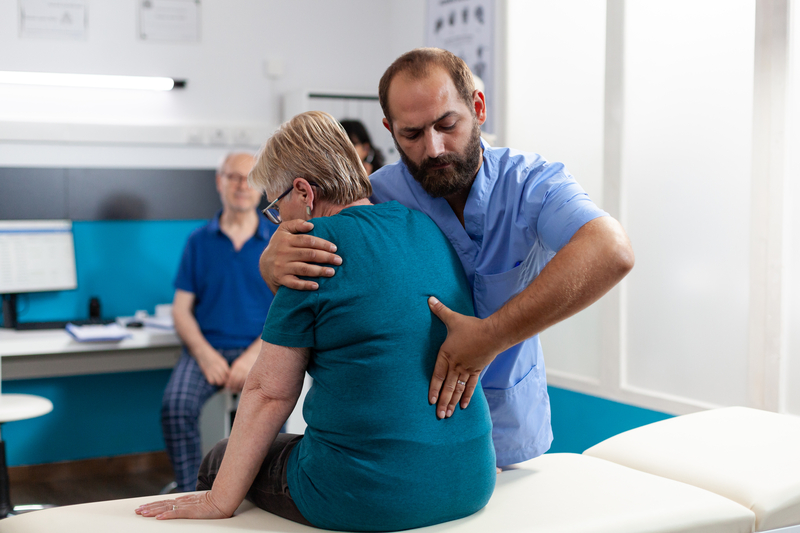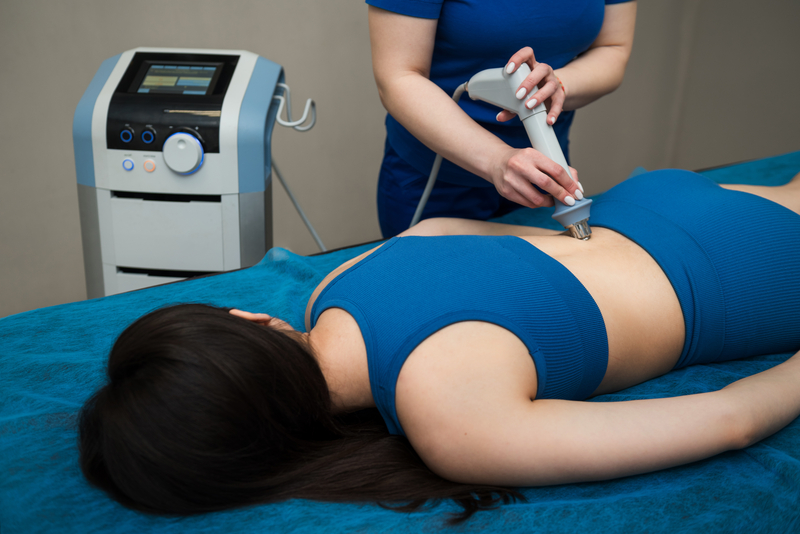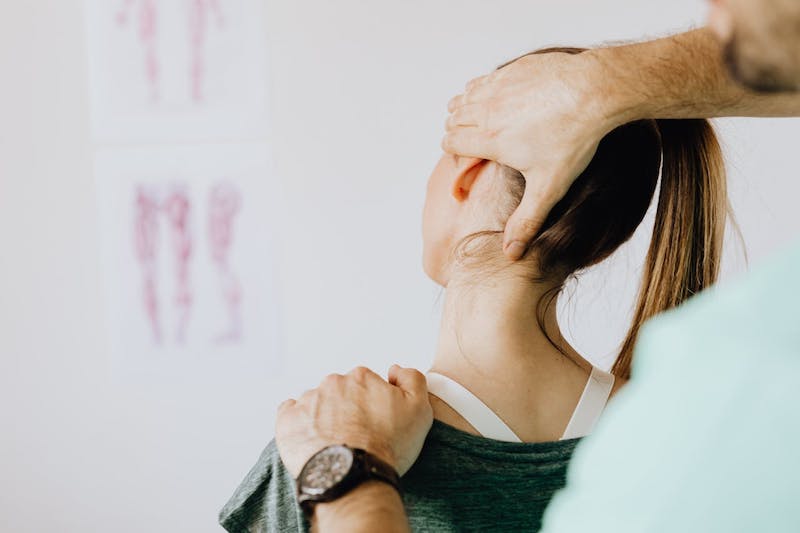
Following a major injury, taking care of your back is essential to a full recovery. The quality of life and everyday activities can be affected by a back injury. Knowing what to do helps hasten the healing process and stop additional harm. The most important things are to rest, have a healthy diet, and gradually resume movement. In addition to physical treatment, the use of cold and hot compresses can greatly facilitate recuperation. A systematic and gradual approach guarantees optimal results. You can significantly aid in the healing process of your back by adhering to these tips.
Give Yourself Some Time to Relax
Resting right away aids in limiting more harm and enables the wounded tissues to begin healing. Deciding on a posture that eases pressure on the back is crucial; flat on your back with a pillow beneath your knees or on your side with a pillow in between will help. Steer clear of any activity like hard lifting, bending, or twisting that could exacerbate the injury. It is best to restrict even easy motions to prevent making the injury worse. While at rest, one should not become completely immobile; mildly shifting one’s position can assist in avoiding stiffness.
Warm and Chilled Compressors

After a back injury, cold and hot compresses are useful tools for treating pain and inflammation. Within the first 48 hours, using an ice pack or cold compress can help numb the injured area, reduce swelling, and provide instant pain relief. It’s crucial to wrap the ice pack in a cloth to protect the skin and to only apply for 20 minutes at a time. You may want to switch to a hot compress after 48 hours. Heat therapy facilitates healing, improves blood flow, and relaxes tense muscles. Heat should not be applied for longer than 20 minutes at a time, just like with cold compresses. Switching between hot and cold therapies can provide all-encompassing support during the healing process.
Consume a Healthful Diet
A balanced diet is essential for the healing process following a back injury. Eating a diet high in vital nutrients helps the body recover itself. Bone health is largely dependent on calcium and vitamin D, but damaged tissue can be repaired with protein. Antioxidants and vitamins found in fruits and vegetables help to lower inflammation. Maintaining hydration is also essential because water promotes tissue healing and supports all biological processes. Steering clear of processed foods and sugar-rich foods can help maintain general health and stop more inflammation. Having a nutritionist consult can help you design a balanced diet that will successfully assist your recovery.
Boost Movement
Exercises and mild motions assist in reducing stiffness and increase circulation, both of which benefit the healing process. One easy yet effective approach to get active without straining your back is to walk. Additionally helpful are stretches that improve flexibility and ease tense muscles. It’s crucial to proceed cautiously and to stay away from any movements that hurt or are uncomfortable. For a safe and successful recovery, paying attention to the body’s signals and halting any activities that increase discomfort are crucial.
Physical Therapy

A licensed physical therapist can create a customized back-strengthening workout regimen. To help with pain relief and injury prevention, methods like stretching, strengthening exercises, and posture training are frequently used. To treat spinal alignment concerns and help with general rehabilitation, therapies such as spinal manipulation or upper cervical chiropractic therapy can also be included. Frequent visits with a physical therapist guarantee the safe and proper execution of exercises. Following the recommended therapy plan can greatly accelerate the healing process and lower the risk of long-term issues.
Recuperate Gradually
Recovering from a severe back injury requires taking it gently. Hurrying the process can cause problems and possibly make the injury worse. The body can adapt and recover strength by gradually increasing exercise levels without overtaxing the affected area. Setting reasonable objectives and exercising patience with the healing process is crucial since recovery takes time. Keep a regular eye on recuperation and modify the plan as necessary. To stay inspired and keep a happy attitude, acknowledge and appreciate little victories. Preventing early-onset back strain activities can aid in a thorough and long-lasting recovery.
Conclusion
To aid in healing, adhere to the recommendations for rest, a healthy diet, and progressive exercise. Compresses of varying temperatures can be used to treat pain and inflammation. Take part in physical therapy to increase your mobility and strengthen your back. Recuperate gradually to prevent obstacles. Seek advice from medical specialists regularly to track developments. You may make sure that your recovery goes more smoothly and successfully by following these instructions. Your dedication to these exercises will contribute to the recovery of the health and function of your back.

